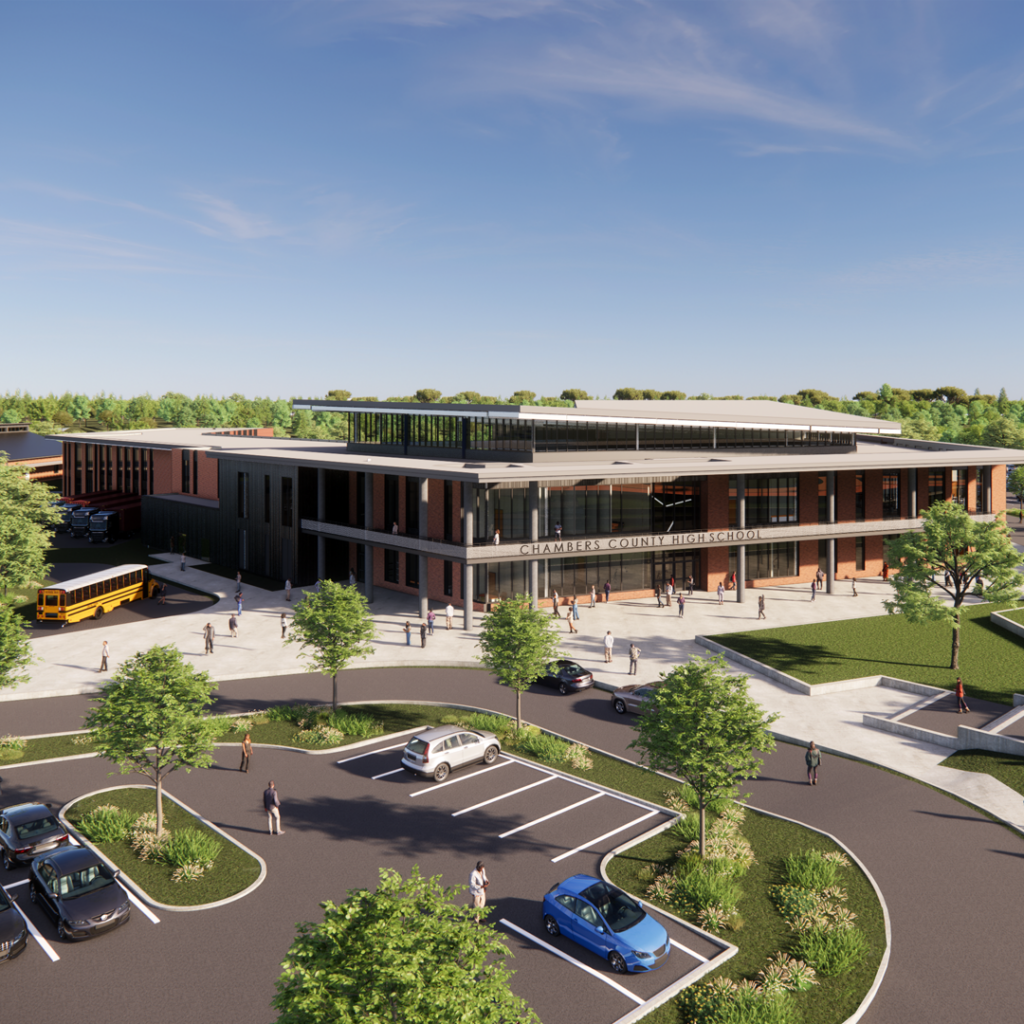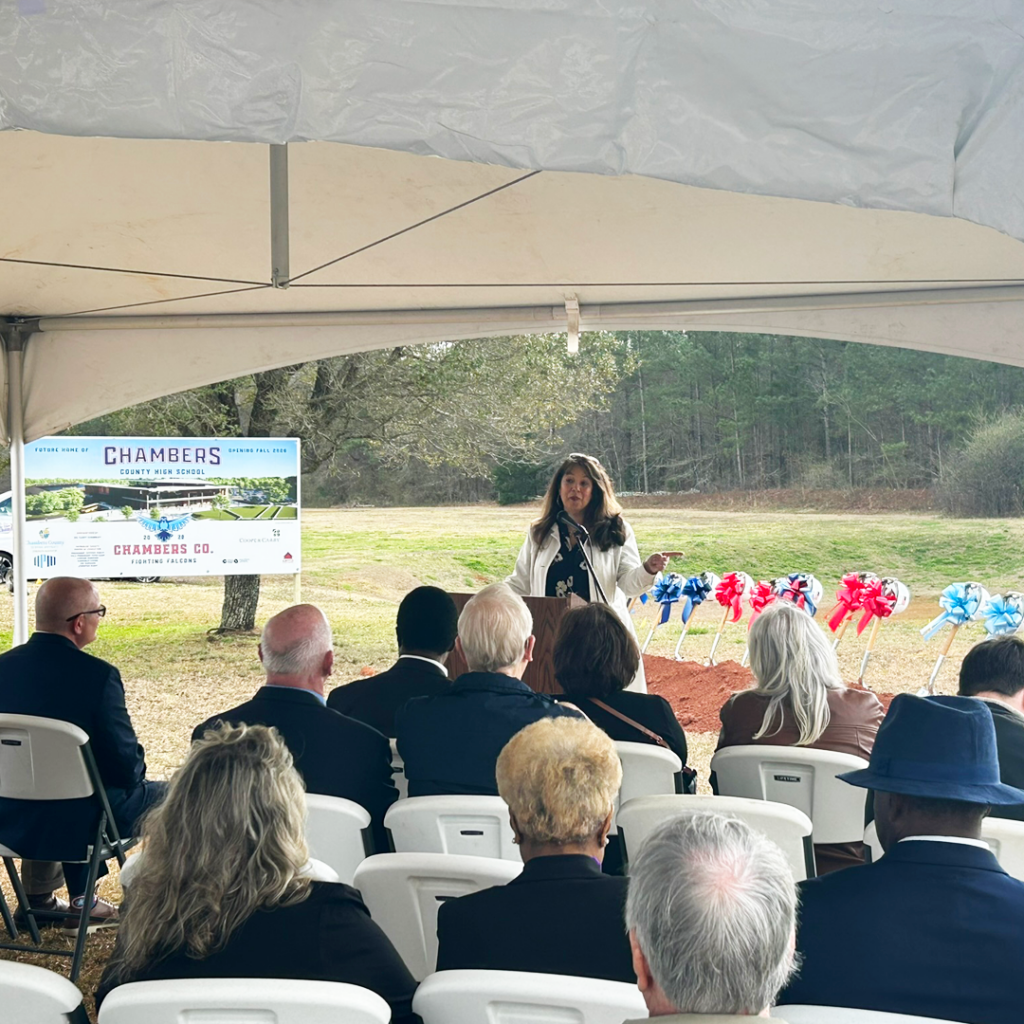HPM has announced the hiring of Cynthia Foteh as the company’s newest Director of Business Development. Based in HPM’s Austin office, Foteh will oversee client-relationship management and spearhead new business initiatives in the Texas market as HPM continues to pursue projects in the region.
Foteh possesses more than 20 years of experience in the public and private sectors of the AEC industry, having held positions including Business Development Manager at Powers Brown Architecture and Director of Business Development at WGA Consulting Engineers. As Director of Business Development at HPM, she will lead business strategy and sales initiatives, aiming to expand the firm’s presence in Texas.
“I’m honored to step into this role at such a pivotal time, as HPM continues to expand its reach by offering premier program management services to high-profile clients across Texas,” said Foteh. “My passion for driving growth, fostering collaboration and building connections within this industry aligns with HPM’s mission and people-oriented values. I look forward to continuing to immerse myself in Texas-centric professional organizations and leadership communities, and to working alongside such a talented team as we expand our footprint across the state.”
Through her role, Foteh will aim to build and maintain relationships with clients, partners and stakeholders to deliver high-quality business solutions and strategies that meet the needs for quality program management services. She will focus on the education, municipal and manufacturing industries within Texas as she works to expand HPM’s portfolio.
“We are proud to welcome Cynthia to HPM, as her wealth of experience in AEC initiatives and ability to build meaningful relationships with clients will help us advance to the next stage of growth in Texas,” said Ryan Austin, HPM President. “It’s an exciting time for our firm, as we continue to expand into new markets and explore new sectors while strengthening our boots-on-the-ground efforts across the country. Cynthia will play a crucial role in ensuring this success and dedication to program management excellence continues for both our existing clients and those we will work with in the future.”




